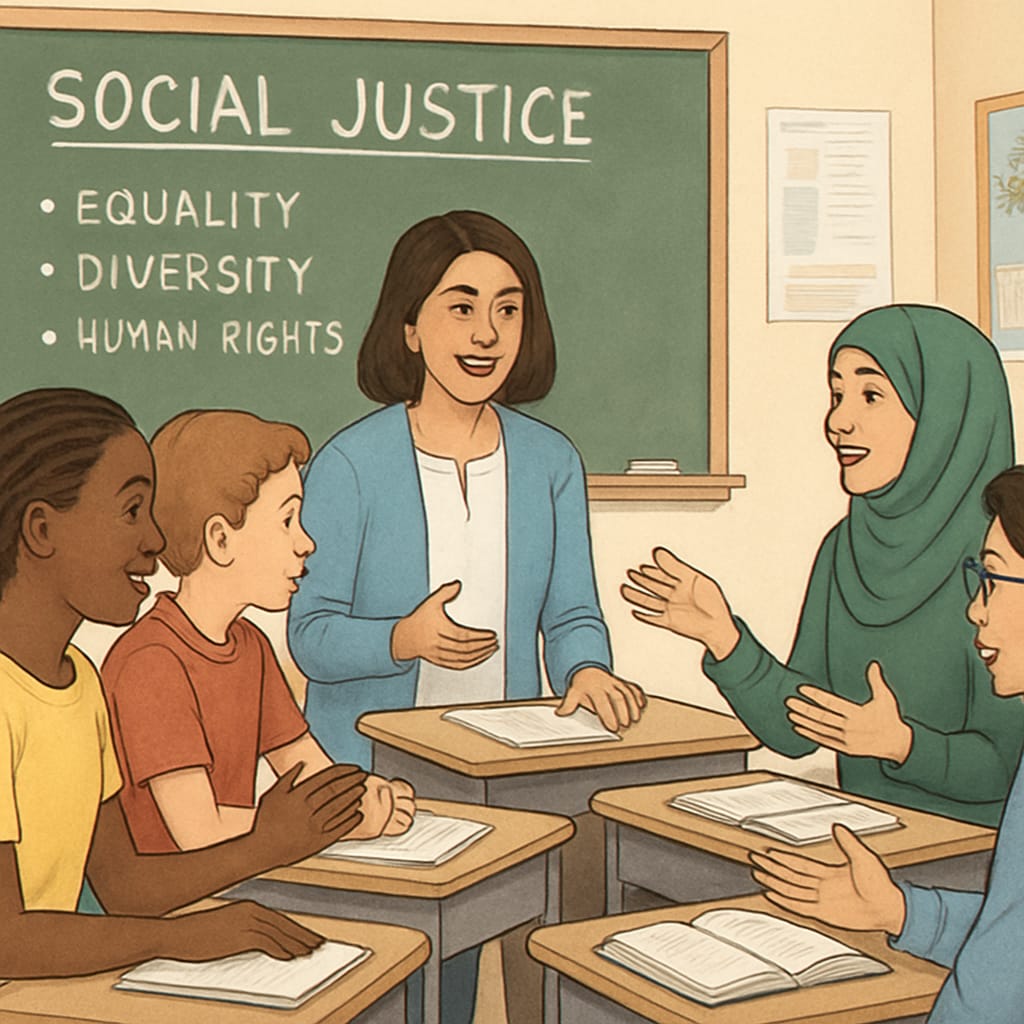In recent years, the concept of “school awakeness” has emerged as a focal point in educational research, particularly regarding K12 students’ understanding and responses to social justice issues in their learning environments. This article explores findings from studies that delve into how students perceive school awakeness, aiming to provide educators with actionable insights for navigating the delicate balance between fostering diverse values and maintaining core teaching missions.
Understanding School Awakeness: A Modern Educational Paradigm
School awakeness refers to the incorporation of social justice, equity, and diversity principles into the educational framework. For many students, this concept challenges traditional norms, encouraging them to think critically about societal issues and their role as active participants in change. However, understanding how students interpret this shift remains critical for its effective implementation.
- Students often view awakeness as a platform for inclusion, recognizing efforts to address historical inequities.
- Others express concerns about potential bias, fearing that certain viewpoints might overshadow others.
- Engagement levels vary based on the depth and relevance of the topics presented in the curriculum.

Student Feedback: Key Insights into Perception
Research into K12 students’ feedback offers valuable insights into their perceptions of school awakeness. Many students appreciate opportunities to explore real-world issues, but the reception differs depending on factors such as age, personal experiences, and cultural backgrounds.
For example, younger students often engage through storytelling and relatable examples, while older students prefer debates and critical analysis. A study published by Britannica highlights that age-appropriate approaches yield higher engagement rates among students.
Additionally, some students feel empowered by being part of an inclusive environment, while others express unease about potential polarization of opinions. Balancing these dynamics is crucial for educators aiming to foster constructive dialogue.

Practical Considerations for Educators
Educators play a pivotal role in shaping how students perceive and interact with school awakeness. To ensure its effectiveness, several considerations must be addressed:
- Designing curricula that present multiple perspectives while encouraging critical thinking.
- Creating safe spaces for open dialogue where students feel respected despite differing opinions.
- Integrating practical applications, such as community service or advocacy projects, to connect classroom learning with real-world impact.
As Education for Social Justice emphasizes, these strategies help students develop skills for navigating complex societal issues while fostering empathy and understanding.
Conclusion: Navigating the Path Forward
Understanding K12 students’ perceptions of school awakeness provides a roadmap for educators to create inclusive, balanced, and impactful learning environments. By addressing students’ concerns and celebrating their engagement, schools can harmonize diverse values with fundamental educational goals. As a result, students are not only better prepared academically but also empowered to contribute meaningfully to society.
Fostering school awakeness is not without its challenges, but its potential benefits for personal and societal growth make it a worthy pursuit. Educators must remain adaptable, ensuring that every student’s voice is heard and valued in the evolving narrative of education.


